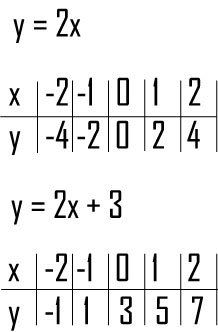This is a data set. It has some characteristics, we can use technology to learn some things about the data set.
For Instance:
1. Median (average)
"add all the numbers then devide by the number of numbers" ; )

2. Measures of Central Tendency
a) Median
The middle number, provided they are arranged numerically, and is odd (if n is even then the median is the mean of the two middle numbers).
b) Mode
"The most frequently appearing value." * There can be multiple modes or no modes.*
3. Range
The distance (in numbers) from the smallest to largest or vice versa (always positive).
How to get this information on you ti 83/84 calculator:
I. Clear your stat plots or be sure to use the correct plot when inserting you information (I'm using the information from the example at the begining of the post).
II. Go to "STAT" then "1: Edit..." and insert your list.
III. Go to "STAT", "CALC" then "1: 1-Var Stats".
IV.Now enter you list number (L1, L2, etc.). If your using our (class) example you should have first cleared all your lists and now on your home view (with 1-Var Stats on it) you will push "2nd, 1" to enter L1. "ENTER"








 Sphere
Sphere Rectangular Pyramid
Rectangular Pyramid Triangular Pyramid
Triangular Pyramid Cylinder
Cylinder Cone
Cone  Octahedron (8 faces, 6 vertices, 12 edges)
Octahedron (8 faces, 6 vertices, 12 edges) Dodecahedron (12 faces, 20 vertices, 30 edges)
Dodecahedron (12 faces, 20 vertices, 30 edges)  Icosahedron (20 faces, 12 vertices, 30 edges)
Icosahedron (20 faces, 12 vertices, 30 edges)


 Rhombus
Rhombus Ellipse
Ellipse Kite
Kite Sector
Sector
 Cosine
Cosine 










